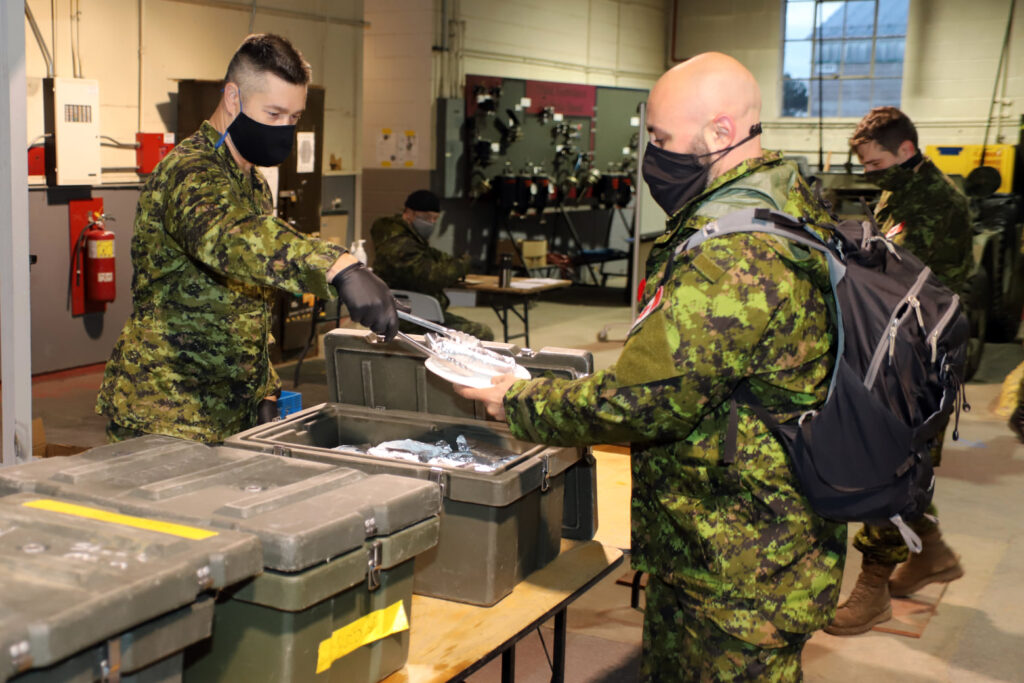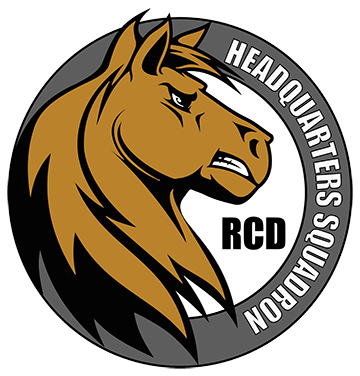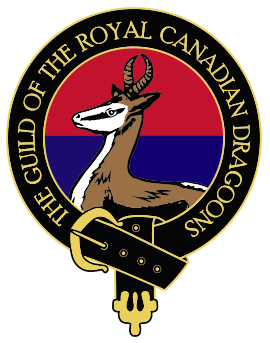Regimental Headquarters
Regimental Headquarters (RHQ) is responsible for Operations, Training and Administration of the Regiment. RHQ is commanded by the Regimental Second-in-Command and assisted by the Operations Warrant Officer.
Through these services, RHQ is able to effectively ensure the Regiment meets its training and operational objectives while also providing morale and welfare services to Dragoons.
The Operations Cell is led by the Operations Officer who ensures the day-to-day training and operational objectives are met and supported as required. The Operations Cell also ensures all technical stores, inter-unit coordination, intelligence requirements, signals needs and day-to-day execution of Regimental tasks are achieved. Field Troop provides the Commanding Officer and the Regimental Sergeant Major with their vehicles and crews to ensure battlefield mobility for the command team is maintained. The Troop also deploys and secures the Regimental Command Post while deployed in the field.
The Training Cell is led by the Assistant Operations Officer and is responsible for Primary Combat Fighting (PCF) Courses and the planning and execution of other training under the Commanding Officer's direction. The Training Sergeant and staff ensures the Regiment is filling its course loading requirements.
The Regimental administration requirements are organized by the Adjutant and executed by the Chief Clerk. The Regimental Orderly Room is the central location for the flow of all administration from each squadron to the Adjutant and the Commanding Officer.
The Regimental Canteen, Kitshop and medal mounting services provide the Regiment with a "rest-easy" to enjoy lunches while also providing a service to purchase Regimental swag, additional field kit and the means to display hard-earned medals.
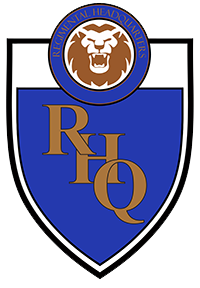
A Squadron
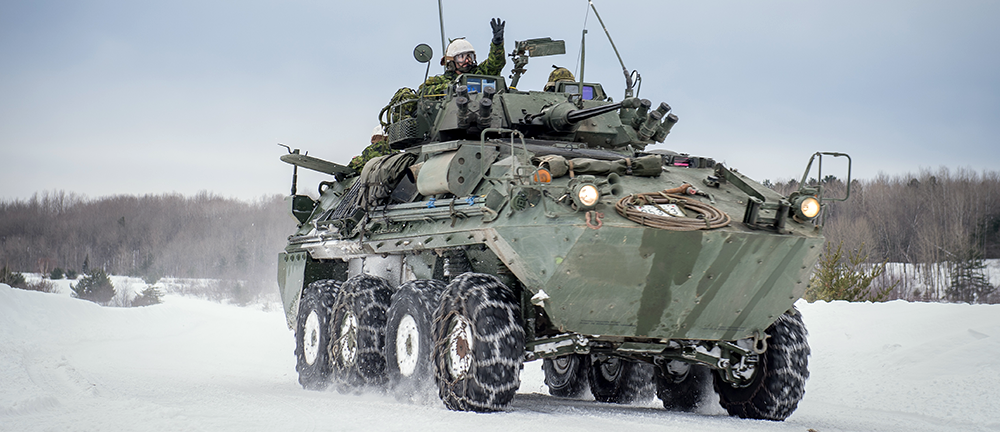
A Squadron is a medium weight, armour reconnaissance squadron that provides timely and accurate information to its higher headquarters and commanders.
A Squadron also fills the role of the Brigade Reconnaissance Squadron for 2 Canadian Mechanized Brigade Group.
A Squadron is comprised of three armour reconnaissance troops, an administrative troop and a headquarters troop. Its 120 members are physically and mentally fit, flexible and adaptable to wide variety of tasks ranging from full scale combat, to peace support operations and domestic aid to civil authorities. Capable of mounted and dismounted operations, A Squadron operates with the latest dismount equipment and is transitioning from legacy Coyote reconnaissance and LAV 3 armour vehicles to the newest Tactical Armour Patrol Vehicle.
Previously a tank squadron, A Squadron converted to the reconnaissance role in 2003. The squadron has deployed multiple times to Bosnia and Afghanistan and continues to supply individual augmentation to missions in Europe, the Middle East, Africa and around the globe. When not deployed, A Squadron continually trains for high readiness and is the Canadian Army’s deployable reconnaissance squadron.
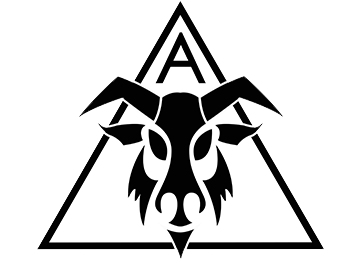
B Squadron
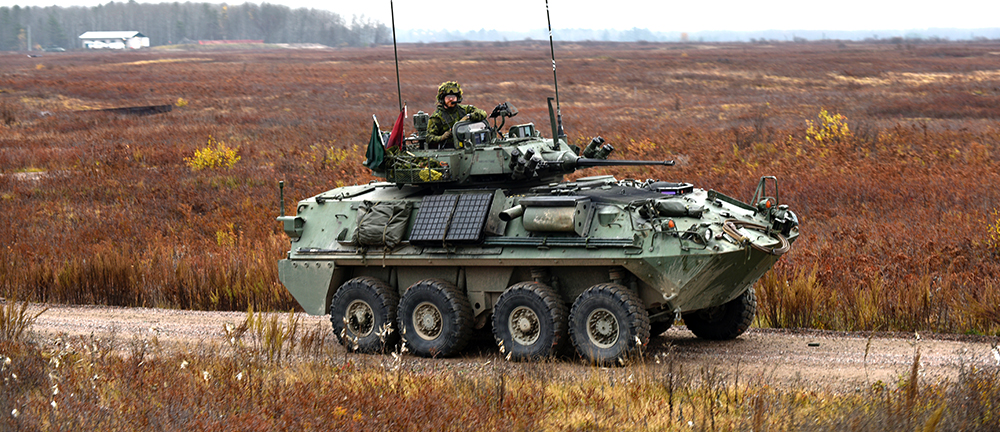
B Squadron has a long and proud history as an integral part of The Royal Canadian Dragoons.
For more than a decade, B Squadron has actively trained for both the mounted and dismounted reconnaissance roles. In 2014, B Squadron became 2 CMBG’s High-Readiness Armoured Reconnaissance Squadron - a role it continues to fill.
From 1987 to 1993, B Squadron was equipped with Cougar armoured cars and conducted training in Canada. When Canada ended its NATO commitment in Germany in 1994 and returned its heavy armour to Canada, B Squadron returned to its tank roots and was equipped with the Leopard C1 Main Battle Tank, later upgraded to Leopard C2. Immediately after receiving its tanks in 1994, B Squadron re-roled and trained as a mechanized infantry company for service with the United Nations Protection Force from October 1994 to May 1995. From 1995 to 2003, B Squadron was the only sub-unit in 2 Canadian Mechanized Brigade Group (2 CMBG) capable of defeating the enemy through the aggressive use of firepower and battlefield mobility. In 1997 and 1998, B Squadron soldiers served their fellow Canadians by providing assistance during the Red River flood of 1997 and the Eastern Ontario Ice Storm of 1998. As 2 CMBG’s firepower and mobility experts, B Squadron soldiers ensured that 2 CMBG had world-class tank mobility and direct fire capability to fight and win in all phases of war, culminating in its performance during 2 CBMG’s 2003 Brigade Training Event in Wainwright, Alberta .
In 2004, B Squadron relinquished its Leopards and became a reconnaissance squadron. It deployed to the International Security Assistance Force in Afghanistan as the Kabul Multinational Brigade reconnaissance squadron from January to August 2005 and again from February to August 2007 in Kandahar where it saw high intensity combat. In 2009, B Squadron once again returned to Kandahar in support of the second last combat mission in Afghanistan.

C Squadron
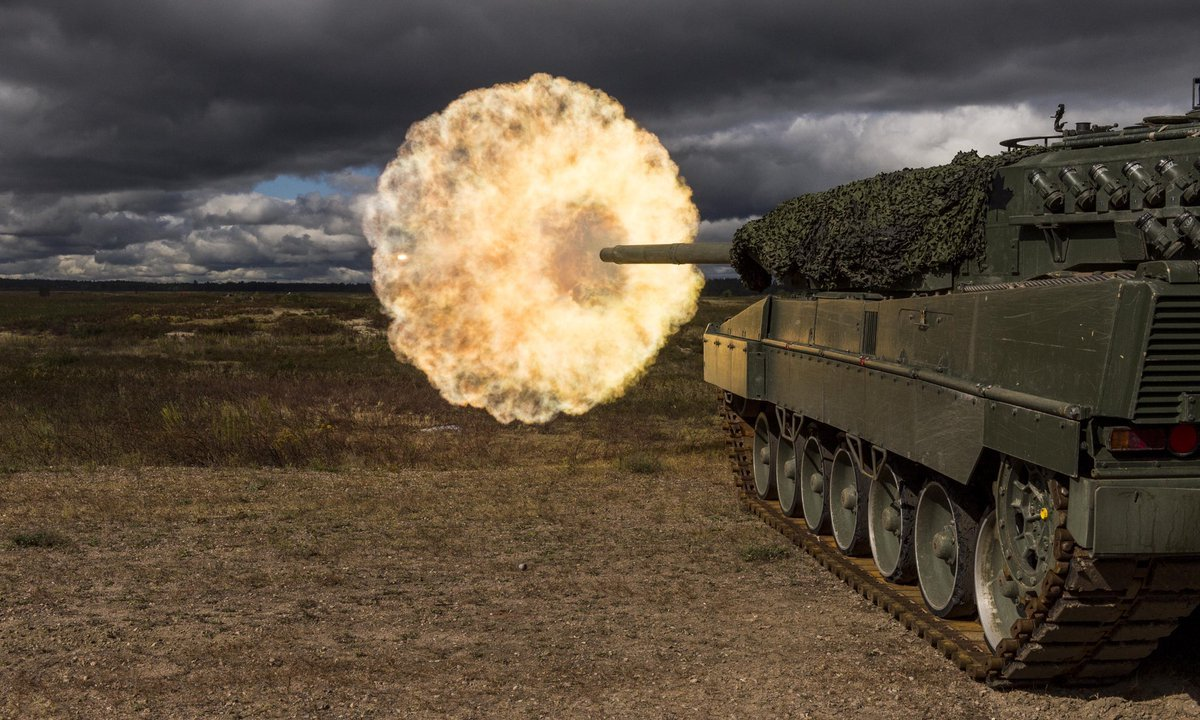
C Squadron is a fully operational Leopard 2 Tank Squadron that provides direct fire support on the battle field and is capable of defeating the enemy through the aggressive use of firepower and battlefield mobility.
Commander's view from the turret - Leopard 1 C2 stab run. Video by: Matthew Worth
The Tank Troop Leader in Combat - features the Regiment throughout. Video produced by: Department of National Defence
In 2012, C Squadron began a rapid transition from a reconnaissance squadron to a tank squadron. This transition presented a new challenge as there were few soldiers in the squadron who were qualified to operate the Leopard C2. Moreover, the new Leopard 2 Main Battle Tank was rolled out to replace the aging fleet and this further increased the challenge of turning C Squadron into an operational tank squadron. Additionally, significant time, human and other resources were required to train and convert soldiers on this new platform.
To foster common trade knowledge and esprit de corps amongst the regular Armoured Corps Regiments residing in Eastern Canada, both commissioned officers and soldiers of the 12e Régiment Blindée du Canada were posted to C Squadron and currently comprise roughly thirty percent of the squadron's strength.
The Leopard 2 Main Battle Tank, weighing approximately 60 to 70 tonnes, has three variants: the A4, A4M and A6M. All variants are armed with a 120mm cannon, a coaxially mounted 7.62mm C6 General Purpose Machine Gun (with a second C6 mounted for anti-craft defense) and 12-16 72mm Multi-Barrel Grenade Dischargers. The Squadron is 2 Canadian Mechanized Brigade Group direct fire capability and countermoves force and also forms the basis of the combined arms team that provides bilingual training support to 5 Canadian Mechanized Brigade Group.
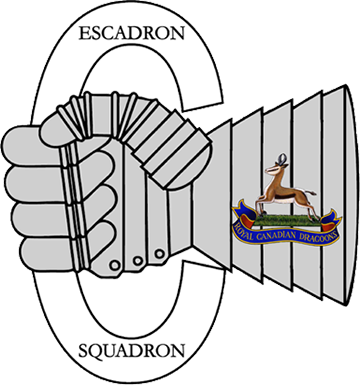
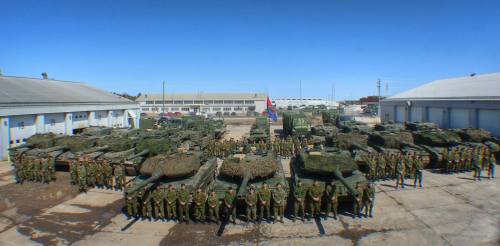
D Squadron

D Squadron is the Combat Support Squadron within The Royal Canadian Dragoons. D Squadron is a specialized squadron featuring a Remotely Piloted Aircraft Troop (RPA), Direct Fire Support Troop (DFS), Regimental Reconnaissance Troop and a Signals Troop.
In addition to operational commitments, D Squadron maintains excellence in close reconnaissance, RPA operations and DFS; which includes Regimental Command Post defence & security coupled with anti-armour defence. Additionally, the squadron ensures signals infrastructure and signals needs of the Regimental Command Post and the other squadrons are met.
Formerly a reconnaissance squadron, D Squadron was employed during WWII in Italy & Germany and was instrumental in the liberation of Holland. In 1959, the squadron relieved the 8th Canadian Hussars in the Sinai Desert as an attempt to bring stability to the region. In Sinai, the squadron took part in the United Nation Emergency Force while operating in Egypt and Cyprus. The squadron was stationed in Lahr Germany from 1957-1959 and again as part of 4 Canadian Mechanized Brigade Group from 1970-1987. In 1999, D squadron deployed to Kosovo as part of the Kosovo Force (KFOR). In 2003, the squadron was deployed to Kabul, Afghanistan as part of Op ATHENA and in 2005 it was deployed again to Kabul, where it provided the escort for the transition to Kandahar, Afghanistan. In 2008, D Squadron was once again deployed to Kandahar as part of the Task Force 3-08 Battle Group. June 2017 saw D Squadron shift its focus to primarily generating Intelligence, surveillance and reconnaissance troops in support of Op REASSUARNACE Rotation 9 and 10; Canada’s commitment to NATO assurance and deterrence measures in Latvia aimed to reinforce NATO’s collective defence and strength of Allied solidarity. Each Troop consisted of Coyote Reconnaissance and Surveillance vehicles, RPA systems, and close reconnaissance capabilities.

Tribute to D Squadron - Afghanistan.
HQ Squadron
Headquarters Squadron (HQ Sqn) is responsible for supporting the Regiment through Transport, Maintenance, and Quartermaster Troops. The Squadron is also the conduit through which requests for additional services are accessed from other resources.
Transport Troop is responsible for various transportation requests from the squadrons, including rental vehicle requests, troop lift requests using either the Heavy Logistic Vehicles, Medium Logistic Vehicles and Medium Support Vehicles as well as commodity, supplies, hazmat and material delivery.
Maintenance Troop is responsible for coordinating Regimental first line maintenance activities, including real-time repair and recovery support to training by deployment of recovery vehicles and Mobile Repair Teams. The Troop also coordinates the passage of 2nd line repair requests to Maintenance Company, 2 Service Battalion. Maintenance Troop comprises roughly thirty vehicle, weapon, electronic-optronic and materials technicians. Additional technicians are detached to echelons of the sabre squadrons.
The Quartermaster Troop is responsible for the provision of sustainment support to the Regiment including: fresh food, ammunition, major equipment, warehouse stores, spare parts, locally procured items and financial management of the Regiment's public funds. The Troop is staffed by a mix of support trades including: supply technicians, cooks and armoured crewmen. The Troop is comprised of three sections: Food Services Section, Technical Quartermaster Sergeant Section (TQMS) and the Regimental Quartermaster Sergeant Section (RQMS).
Food Services Section is responsible for coordinating the preparation and provision of fresh meals to troops deployed to the field.
The Technical Sergeant oversees both the TQMS and RQMS sections. Technical guidance regarding major equipment is provided to the TQMS section by the Technical Quartermaster Sergeant (TQ). TQMS section is also responsible for drawing, processing, and issuing a wide variety of ammunition and pyrotechnics to the Regiment when it deploys to the field.
RQMS Section is responsible for the acquisition, storage, distribution, and disposal of all Regimental stores and liaises with outside agencies such as 2 Service Battalion (2 Svc Bn) and 2 CMBG HQ on behalf of the Regiment. Technical guidance in these activities is provided by the RQ. Stores handled by the RQMS Section on a daily basis include but are not limited to: modular tentage, heaters, weapons, locally purchased items, depot stocked items (e.g. weapons sights, jerry cans, camouflage nets, etc), and spare parts.
QM Tp also has a detachment of RQMS Section personnel at CFP Gagetown supporting C Sqn. The detachment is responsible for all activities conducted by RQMS and TQMS sections in Petawawa, but on a smaller scale.
The services of these three troops are coordinated through the Squadron Headquarters, led by the Squadron Battle Captain.
